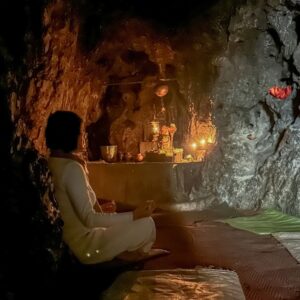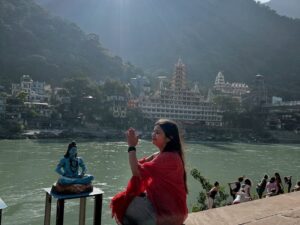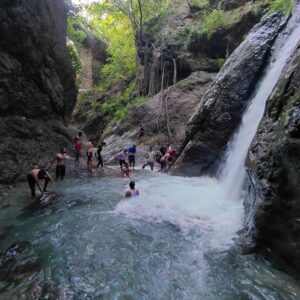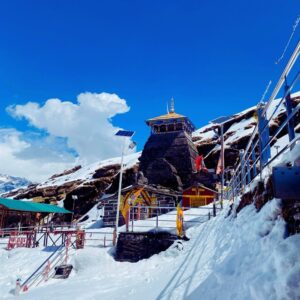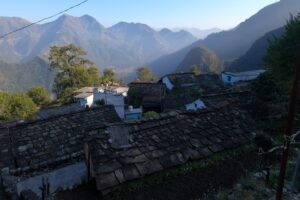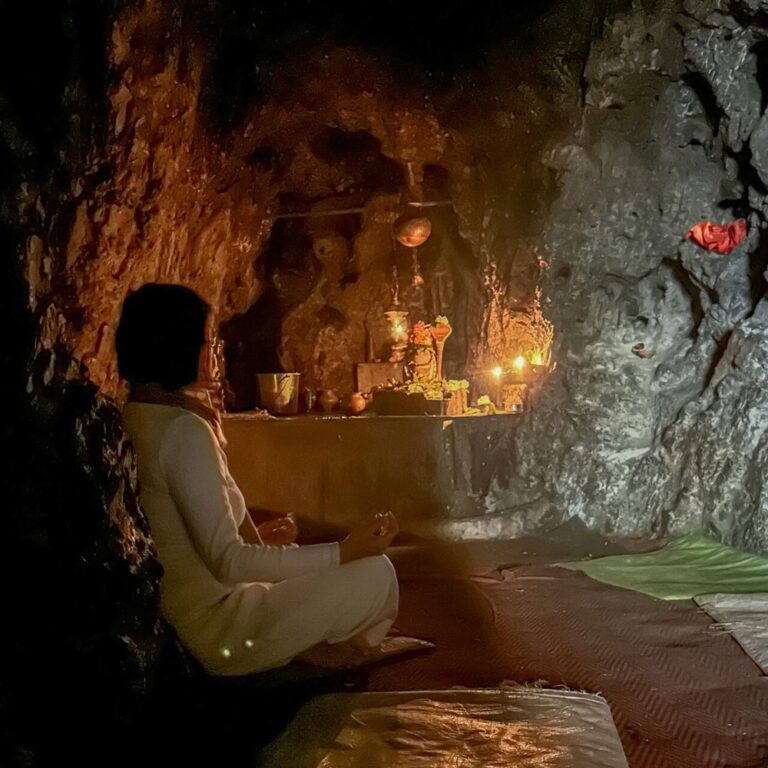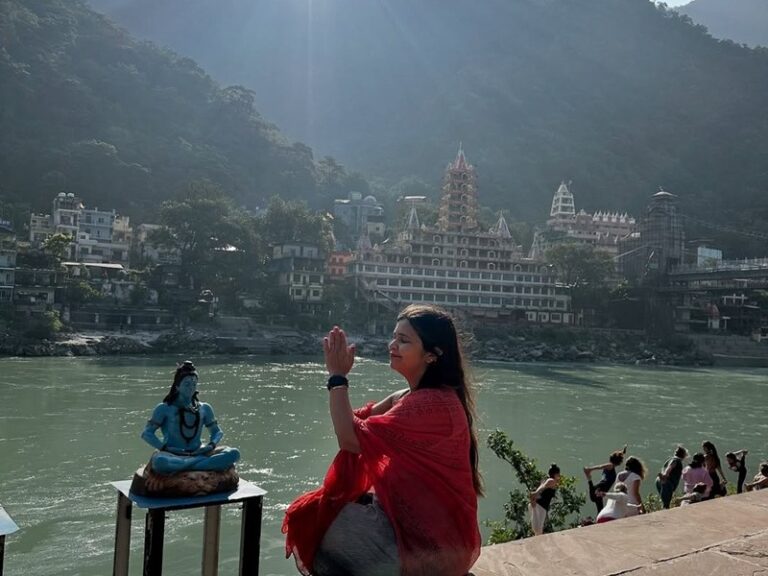Discover Ramayana Vatika in Ayodhay associated to Lord Rama’s Life
Ramayana Vatika in Haldwani preserves the flora mentioned during Lord Rama’s exile. This unique garden, based on Valmiki Ramayana, showcases diverse plant species from the epic’s narrative, connecting people with environmental conservation through religious and cultural significance.
This garden preserves 140 species of plants mentioned in Valmiki Ramayan from the six forests where Lord Ram stayed during his 14 years of exile. These forests span present-day Uttar Pradesh, Madhya Pradesh, Chhattisgarh, Maharashtra, and Sri Lanka.
The Valmiki Ramayan’s “Aranya-Kand” specifically details Lord Ram’s exile and his journey through these diverse forests. The garden showcases the flora mentioned in this section, providing a glimpse into the natural surroundings during Lord Ram’s
- In Haldwani, the country’s first Ramayana Vatika has been established. This unique Ramayana Vatika is located on Ramapur Road within the Bio Diversity Park,.
- It is created by the Uttarakhand Forest Department’s research committee. The Vatika spans an acre and is a testament to the plant species that were present during Lord Rama’s 14-year exile.
- Ramayana Vatika showcases the diversity of plants that existed in the regions through which Lord Rama passed during his journey from Ayodhya to Lanka.
- The six types of forests mentioned in the Ramayana—Tropical, Subtropical, Dry Deciduous, Dry Evergreen, Moist Deciduous, and Alpine—are represented in the Vatika.
Kovidara
In the Ramayana, the Kovidara (Bauhinia Variegata), a royal symbol of Raghukul, has been planted in the garden. This plant, mentioned in the “Ayodhya-Kand,” is associated with the consecration ritual of Ram Lalla on January 22 in Ayodhya.
The Kovidara is recognized as the royal symbol of Raghukul. it is part of royal flag of Ayodhya during Lord Rama’s time. In Chitrakoot, Ram’s younger brother Bharat was identified by the Kovidara symbol on his flag when he reached to meet Ram, and Lakshman recognized the army of Ayodhya by spotting Kovidara on the flag attached to Bharat’s chariot from a distance.
The different forests where Lord Rama stayed
Chitrakoot Forests
In the initial part of Lord Rama’s exile, sage Bharadwaja suggested he stay in Chitrakoot. The Chitrakoot forest mainly comprises tropical dry deciduous vegetation, including plants like mango, Neem, bamboo, Asna, Chironji, and amla. All these plants are preserved in this Vatika.
Conclusion
The efforts aim to connect people with environmental conservation through the religious and cultural significance of the trees and plants mentioned in the Ramayana


